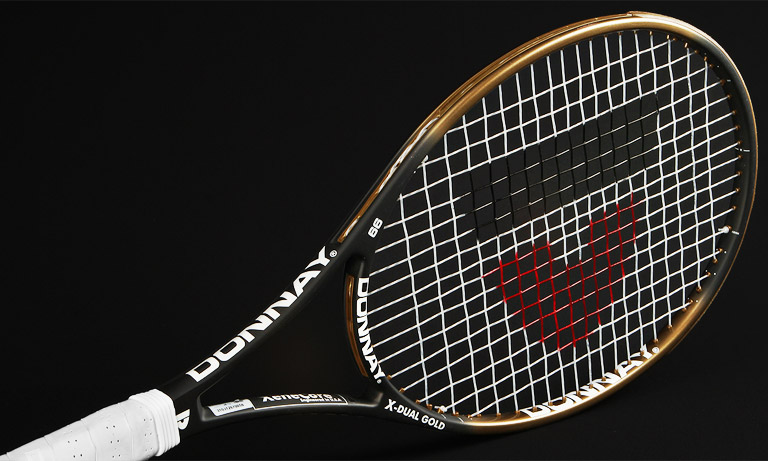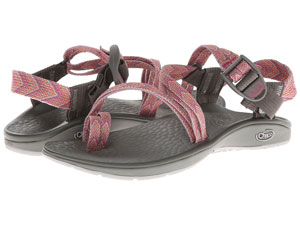When one thinks of tennis racquets, what brands immediately come to mind? Head? Prince? Babolat? Wilson? Usually, they are the brands that sponsor the best players in the world. Wilson has Roger Federer and the Williams Sisters; Head has Novak Djokovic and Maria Sharapova; and Babolat has Rafael Nadal, Andy Roddick, and Li Na. It is no wonder that even avid tennis players have never heard of Donnay racquets. No top pros are sponsored by them. But back in the day, when wooden racquets were the bee’s knees, Donnay was by far the most popular tennis racquet company. Every major champion and tennis great before the 90’s used a Donnay racquet: Rod Laver, Bjorn Borg, Margaret Court, even as recent as Andre Agassi. In 1981, Donnay produced the most racquets in the world. But the company did not transfer into graphite racquets like other popular brands, and, in 1988, administration took over the company and sales became stagnant; the company’s shares meandered between governments and individuals.
Miraculously in 2010, former grand slam champion Jim Courier signed with Donnay, giving the company a fresh recognizable face. For the company’s 100th anniversary, it announced a new line of racquets, dubbed the “x-series”, that would be available in 2011. Made with XeneCore technology, the major differences in a Donnay racquet versus every other graphite racquet on the market are the uni-body design and the dual and triple cores used to make the racquet. Most racquets are made with two or three pieces of material attached at the throat and handle of the racquet, which are also often hollow. This causes a lot of vibration to travel through the wrist and arm, leading to injuries. A study conducted by OrthoKinetic Technologies this year showed that Donnay dual and triple core racquet frames reduced shock forces and dampened vibrations 35-50% faster than hollow racquets.
At minimum, switching to a Donnay racquet will give a tennis player the best possible chance of avoiding tennis elbow and wrist injuries. Most of the racquets are thin beamed and stiff, giving players a lot of control on all facets of their game. They also have a lot of comfort when hitting groundstrokes and volleys, especially in the sweet spot (i.e. center). Even on Tennis Warehouse, none of the play-testers could find anything wrong with any of the Donnay racquets. One potential drawback is that they may not be ideal for beginners or players who want to hit with more power because of the stiffness of the frame. But, then again, they are designed for intermediate to advanced players who can swing fast enough to generate their own power. While their racquets are superb enough in quality to compete with other brands’ frames, the lack of a top-touring professional sponsor will hurt their marketability and sales. Hopefully Donnay can stay in business long enough to be a contender in the tennis industry so that more high quality frames can be available on the market in the future.



'Gear Review: Donnay Tennis Racquets' has no comments
Be the first to comment this post!